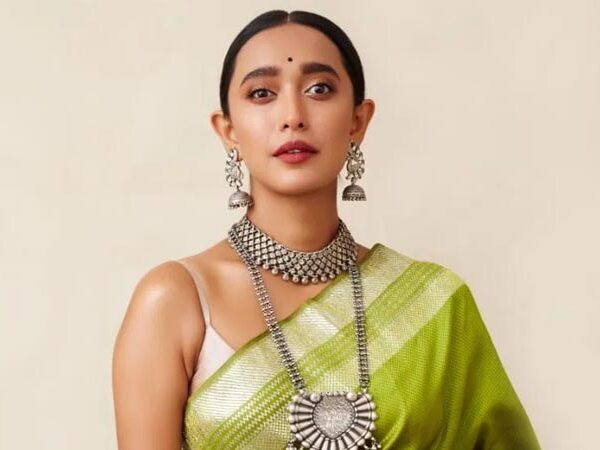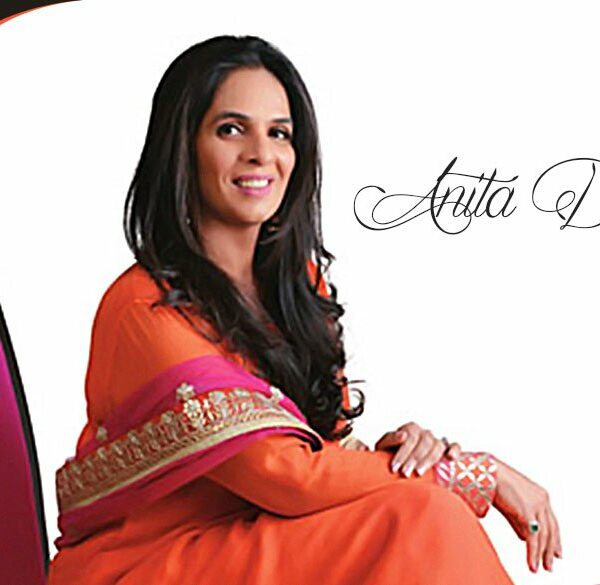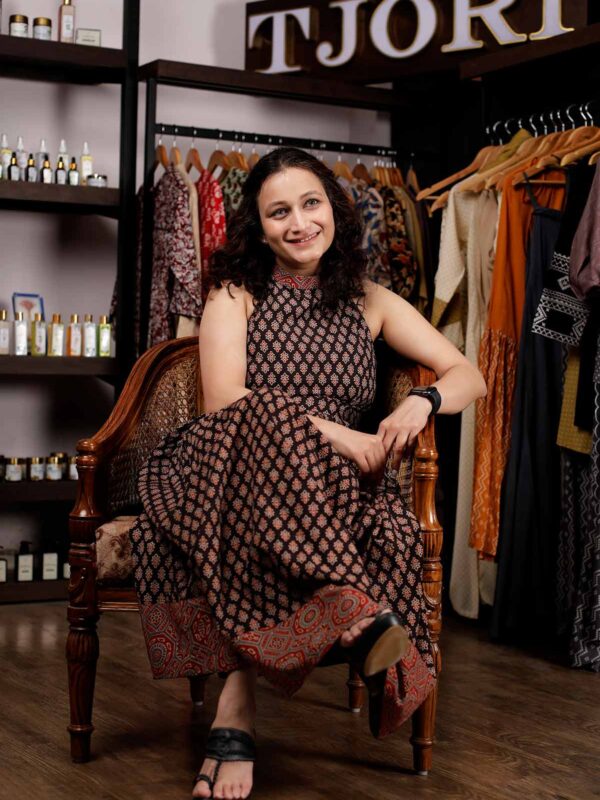Action. Drama. Romance. Comedy. Tragedy. From the elegant black and white to the exuberant Dolby Digital, the Indian Cinema has screened it all. It was probably sometime between running around trees that the Indian cinema grew up running in slow motion at the rate of 0.5km/hour, while going through an unending cycle of births and rebirths, that Mother India’s sons grew up.
India had grown up to accept Zeenat Aman. India has grown bold to accept Sunny Leone.
The last decade of the 20th century was the climax for Indian cinema as the Disco phase finally came to an end. The ‘Disco Deewane’ of the 1980s were now found posing candid in ‘sarso ke khet’ in 1995, only to be hit by a basketball by Rahul and Anjali in 1998. Love was in the air! Karan Johar had given birth to the concept of love triangles and this concept was probably destined to outlive even Baa of Kyonki Saas Bhi Kabhi Bahu Thi. But if we consider today’s times, love triangles have become a thing of the past! They have very evidently been replaced by love pentagons and love hexagons (decagons in engineering colleges). So we have to admit that reel life did succeed it reflecting real life to some extent. But Dharma’s portrayal of love in the Alps of Switzerland is so hunky dory their films are more like “Hoax hoax hota hai”.

Dharma Productions has always been the heart of the Indian film industry. I mean, obviously, just like the heart does the same ‘Dhak dhak’, be it for Madhuri Dixit or for Alok Nath, Dharma too, echoes the same fraudulent “Ishq vala love” in all its films.
Wooing girls seems to be the only purpose boys were sent on this planet for in all KJo films.
What could be a better testimony than Karan Johar’s portrayal of self-love for his same love stories in his own film ironically named “I Hate Luv Stories”?!
(Short lived ‘com’ part of RomCom) phase — (Poor boy loves rich girl/ Poor girl loves rich boy) phase – (Family drama/zabardasti ka drama) phase – (The Break-up) phase – (“But oh! I love him/her so much!”) phase – (Patch-up) phase. This over the top love story is as much related to reality as the 5 feet 4 inches tall author of this article is related to Amitabh Bachchan. Hats off to ‘Luv’ Ranjan for giving a not-so-brief realistic insight into the Punchnama of love.

But hey! How am I different from Karan Johar if I am also telling you the same things that you have already read in other articles? So let us analyze what forces Karan to present before us ‘Poo’ of K3G (“Vo kaun hai jisne dobara mud kar MUJHE nahi dekha?”) , with even more make-up and a spoonful of lipstick, as Shanaya in SOTY. On applying rocket-science and undergoing a brainstorming exercise more severe than what it took me to understand Tamasha, “yeh adalat mulzim Karan Johar ko bekasoor quarar karti hai”.
Yes! After successful bashing of Dharma above, the YRF-Dharma lover in me reincarnates to yet again give them a happy ending. I mean, obviously! Whenever there is demand, there WILL be supply. It is YOU and only YOU who is responsible for this lovey-dovey (Phrase credits: Navjot Singh Sidhu. Yes, he says things other than “chha gaye guru” too) phase of Indian cinema. It is YOU who identified yourself less with Simran and made Simran identify herself with you more. It is YOU who mistook the purpose of cinema. It is YOU who assumed reel to be real. It is you who tried to make real something like reel.

Gradually the real became reel and Dharma’s reel began reflecting the ‘reelised’ real. (Ok, I grant you 70 minutes to re-read this part. Sattar minute hai tumhaare paas…shaayad tumhaare zindagi ke sabse khaas sattar minute.) To cut the Ashutosh Gowariker level long story short, Karan Johar is only the Samba to the Gabbar in you. He is just giving you what YOU love, what YOU want. Now you can’t have your cake and eat it too!
The Indian cinema just reciprocates the society. If we are living in a society that has complete disregard for women, THAT is what our movies will project. Even top inspiring women actors are bestowed with roles that demean their own sex or present it in many problematic ways. If we have lecherous audience that objectifies women, THAT is what our films will cater to. If the audience laughs at brainless sexist humour, THAT is what it will get to hear.
Much like the other spheres of life, male domination exists in the film industry too. My favourite SRK might have proposed featuring the female lead’s name before him in the credits, but is that enough? Does it even matter?
In an industry where men rule the screen space and inspiring female achievers are held at positions subservient to their male counterparts, what matters is the need to regard women of substance.
Why is it that male actors continue to romance newcomers who should actually call them uncle, while actresses who have been Indian women achievers are nowhere to be seen after marriage?

Waiting for the day the taste of the Indian audience will change for the better. Waiting for the day we will get to see a realistic portrayal of modern women as diverse as Veronica and Meera of Cocktail. Waiting for the day films like Neerja and Mary Kom will not remain countable on finger tips. Waiting for the day reel will give birth to love for the real.
Disclaimer: The author of this article is himself a Bollywood buff who has lived EVERY scene of every YRF and Dharma movie scene by scene. He hates the phrase “ladki patana” only because being unaware of its meaning, he had used it in a sentence in his Hindi exam in junior school. The repercussions are far beyond the scope of this article.












